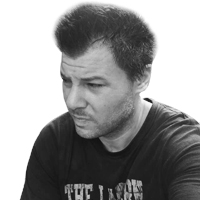TV
Vinnie Zuffante/Vinnie Zuffante/Getty Images
You’ll Never See John Lennon’s Death the Same After This
SENSELESS
A new Apple TV+ docuseries, “John Lennon: Murder Without a Trial,” is the most harrowing and heartbreaking look yet at the rock icon’s death.





